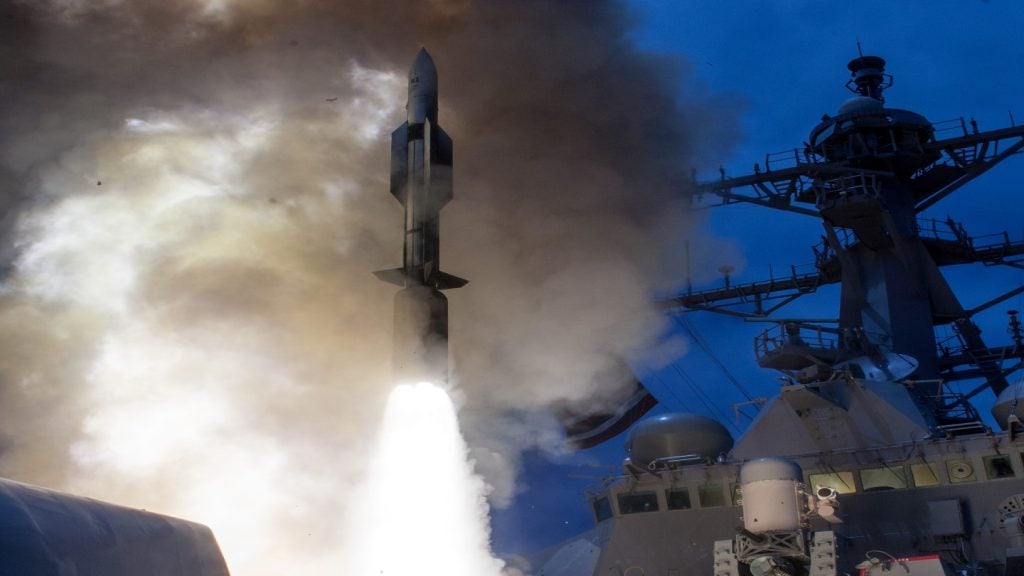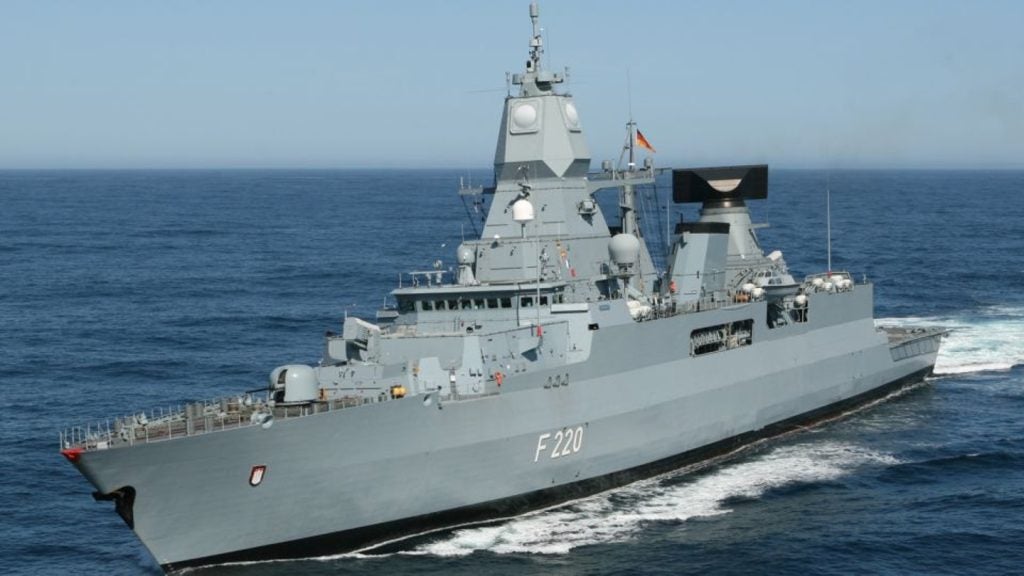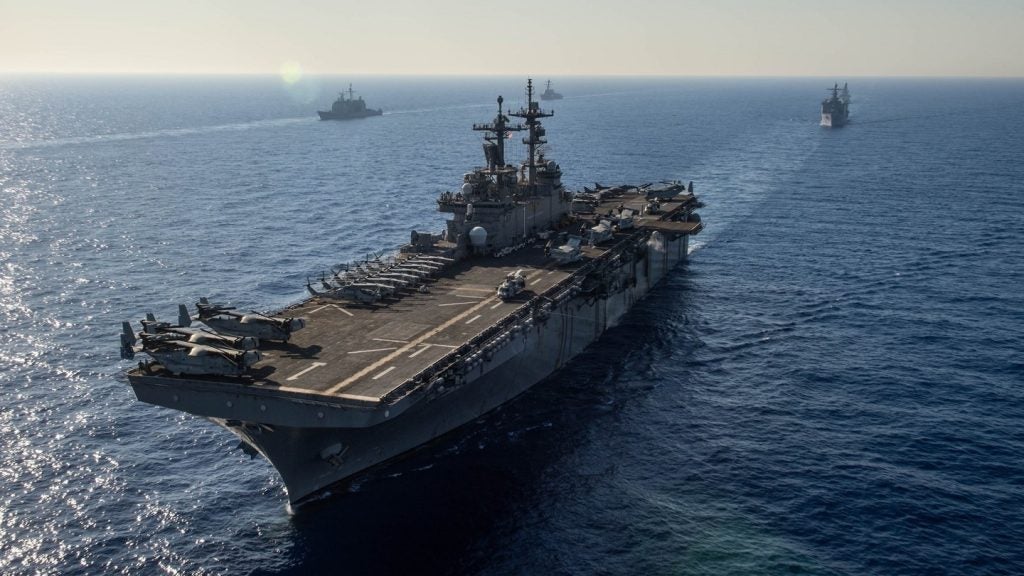
The UK Royal Navy’s new F-35B Lightning II Joint Strike Fighter (JSF) has successfully completed extreme temperature tests in a climatic laboratory at Eglin Air Force Base, Florida, US.
Free Buyers Guide
Leading Guide to Submarine and Submersible Suppliers for the Naval Industry
Thank you.
Go deeper with GlobalData
Your download email will arrive shortly.Please check your mail inbox to download buyer's guide
You may also be interested in:

In addition to being subjected to temperatures ranging from 120°F to -40°F, the Lockheed Martin-built aircraft was tested in wind, solar radiation, fog, humidity, rain, freezing rain, icing cloud and snow.
F-35 test pilot Billie Flynn said: "While we are testing in the world’s largest climatic testing chamber, we are pushing the F-35 to its environmental limits.
"To this point, the aircraft’s performance is meeting expectations. It has flown in more than 100° heat while also flying in bitter sub-zero temperatures.
"In its final days of testing, it will fly through ice and other conditions such as driving rain with hurricane force winds."
The US Air Force 96th Test Wing’s McKinley Climatic Laboratory supports all-weather testing of weapon systems.
McKinley Climatic Laboratory technical chief Dwayne Bell said: "We have designed an environment here at the chamber where we can simulate virtually any weather condition, all while flying the jet at full power in either conventional or vertical take-off mode.
The F-35 JSF is scheduled to be deployed on the new Queen Elizabeth-class aircraft carriers, HMS Queen Elizabeth and HMS Prince of Wales.
Image: F-35B JSF during extreme temperature tests. Photo: courtesy of the UK Royal Navy.
Free Buyers Guide
Leading Guide to Submarine and Submersible Suppliers for the Naval Industry
Thank you.
Your download email will arrive shortly.Please check your mail inbox to download buyer's guide
You may also be interested in:

By downloading this Buyers Guide, you acknowledge that GlobalData UK Limited may share your information with our partners/sponsors who may contact you directly with information on their products and services.
Visit our Privacy Policy for more information about our services, how GlobalData may use, process and share your personal data, including information on your rights in respect of your personal data and how you can unsubscribe from future marketing communications. Our services are intended for corporate subscribers and you warrant that the email address submitted is your corporate email address.







